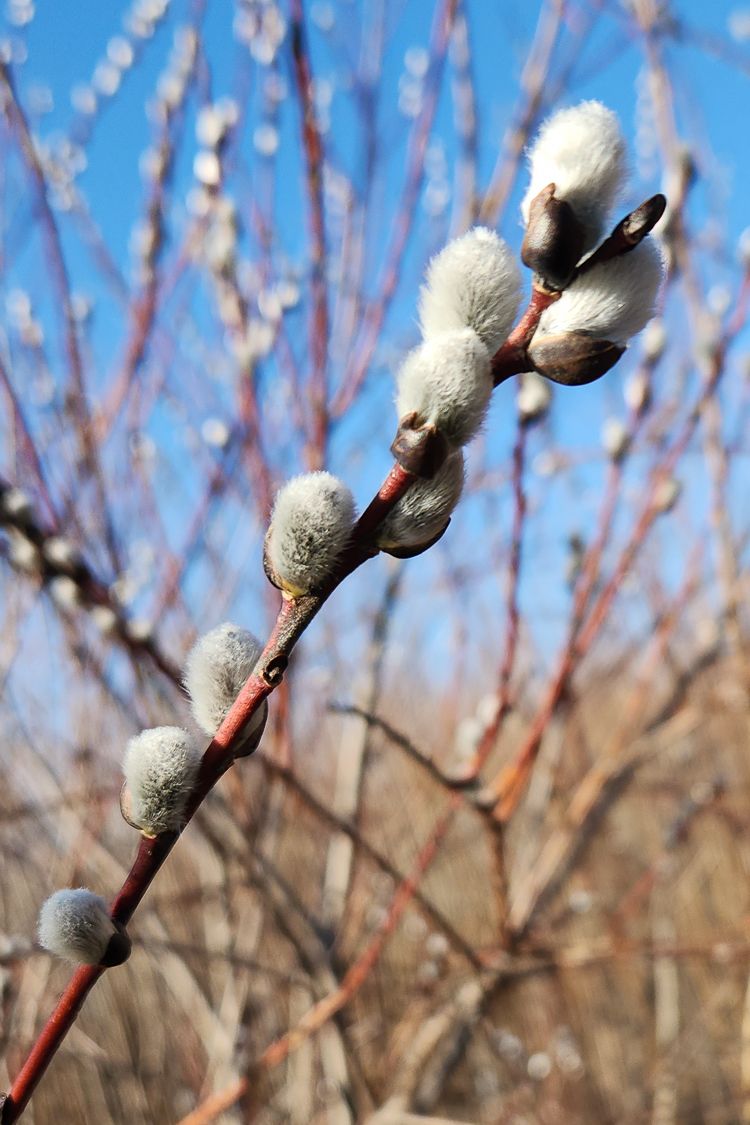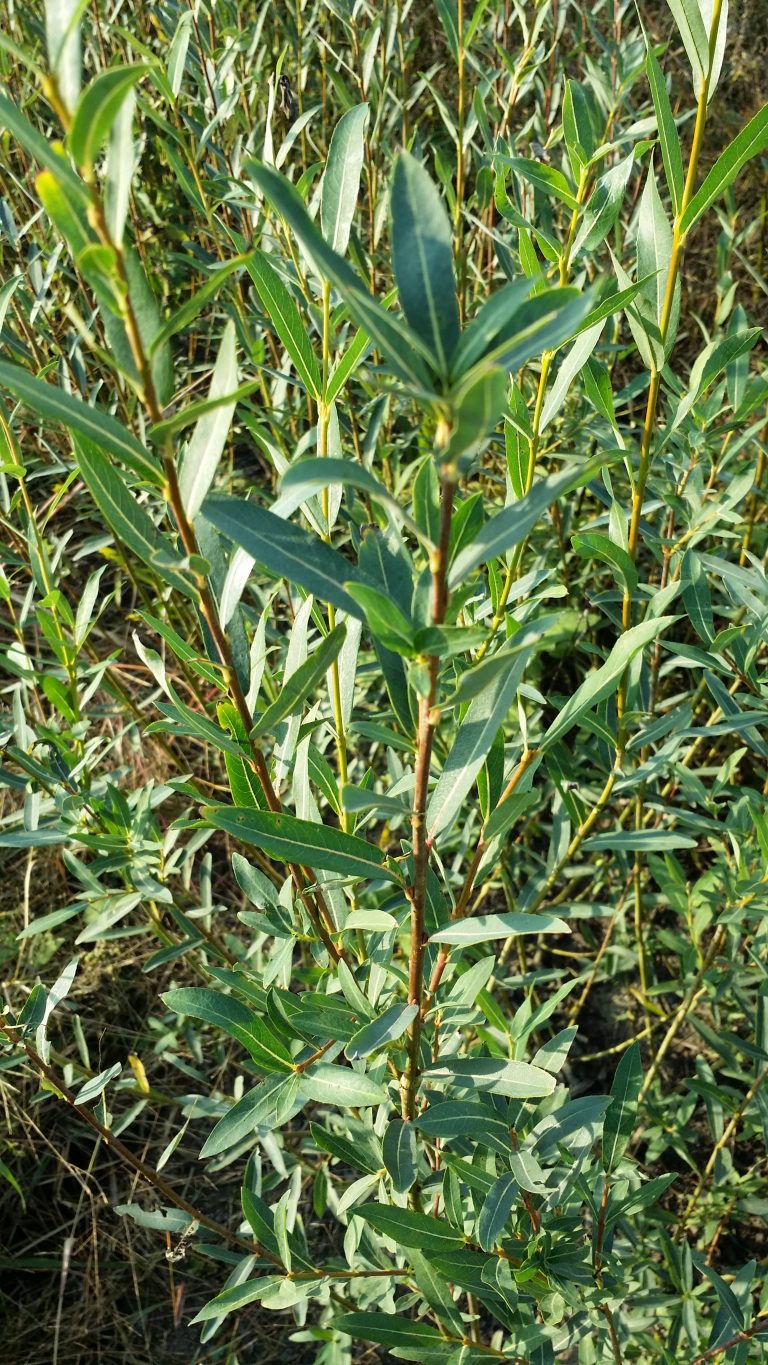The Salix genus, commonly known as willows, encompasses a diverse group of deciduous trees and shrubs renowned for their graceful form, pliant branches, and ecological significance. With over 400 species worldwide, willows are adaptable to various climates and habitats, from arctic tundra to temperate forests.
Weeping Willows: Nature’s Cascade
The weeping willow (Salix babylonica) is perhaps the most iconic willow species, recognized by its long, pendulous branches that gracefully drape towards the ground. Native to China, this tree has become a beloved ornamental plant worldwide, often gracing ponds and waterways with its elegant silhouette.
Pussy Willows: Harbingers of Spring

Pussy willows (Salix caprea) are early-blooming willows that produce distinctive, fuzzy catkins in early spring. These catkins, which resemble tiny cotton balls, are a welcome sign of the changing seasons and an important food source for pollinators.
Basket Willows: The Weaver’s Delight
Several willow species, such as the purple osier (Salix purpurea) and the white willow (Salix alba), are cultivated for their pliable branches, which are used in basket weaving, furniture making, and other crafts. These willows, often referred to as basket willows or osiers, have been used for centuries to create a variety of functional and decorative items.
Willow Ecology and Adaptations
Willows are remarkably adaptable plants, capable of thriving in a wide range of environments. They are often found near water bodies, as they have a high water requirement. However, some species can tolerate drier conditions. Willows play a crucial role in stabilizing soil, preventing erosion, and providing habitat for a diverse range of wildlife, including birds, mammals, and insects.
Willow Reproduction and Growth

Willows are dioecious, meaning that male and female flowers are borne on separate plants. The flowers are produced in catkins, which are dense clusters of small, inconspicuous flowers. Pollination is typically wind-mediated, although some species are insect-pollinated. Willow seeds are tiny and dispersed by the wind.
Willow Propagation
Willows are easily propagated from cuttings, making them a popular choice for gardeners and landscapers. Hardwood cuttings, taken in winter, and softwood cuttings, taken in spring, are common methods of propagation. Willows can also be propagated from seed, although this is less common.
Willows in Mythology and Folklore
Willows have been revered in various cultures throughout history. In ancient Greek mythology, the willow was associated with the goddess Hera, who was often depicted wearing a willow wreath. In Celtic mythology, the willow was considered a sacred tree and was often associated with healing and divination.
Willows in Art and Literature

Willows have inspired artists and writers for centuries. The graceful form and evocative symbolism of the willow have been captured in paintings, poetry, and music. The willow’s association with melancholy and introspection is a recurring theme in literature, particularly in Romantic poetry.
Willow Wood
Willow wood is a versatile material that has been used for centuries in various applications. It is lightweight, strong, and resistant to decay, making it ideal for furniture, tool handles, and other woodworking projects. Willow charcoal is also highly prized by artists for its fine quality.
Willow Bark and Medicinal Uses
Willow bark has a long history of medicinal use, dating back to ancient civilizations. It contains salicylic acid, a compound that is a precursor to aspirin. Willow bark extracts have been used to relieve pain, fever, and inflammation.

Threats to Willow Populations
While willows are adaptable plants, they face several threats, including habitat loss, pollution, and invasive species. The introduction of non-native willow species can hybridize with native species, leading to genetic erosion and loss of biodiversity. Climate change also poses a significant threat to willow populations, as changing temperature and precipitation patterns can alter their habitats.
To protect willow populations, conservation efforts are underway to conserve native willow species and their habitats. These efforts include habitat restoration, replanting native willows, and public education campaigns to raise awareness about the importance of willows.

The Salix genus offers a diverse array of species, each with its own unique characteristics and ecological significance. From the graceful weeping willow to the hardy basket willow, these trees have captivated human imagination for centuries. By understanding and appreciating the beauty and utility of willows, we can work to conserve these remarkable plants for future generations.
Salix Plant
